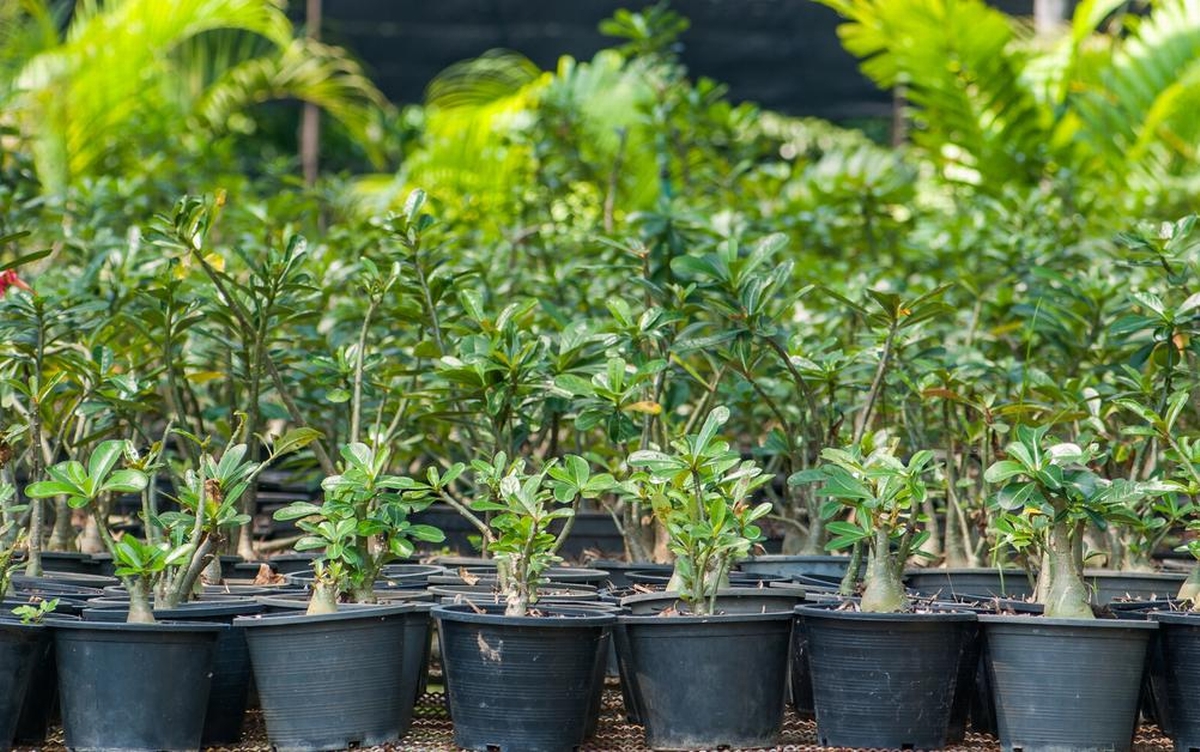November 1, 2025
The Ultimate Guide to Eco-Friendly Landscaping and Plant Nursery Practices
Imagine stepping into your garden and being greeted by the vibrant colors and lush greenery that make up your personal oasis. This dream is within rea...

Imagine stepping into your backyard and being greeted by the vibrant colors of spinach, tomatoes, and strawberries - each ready to be picked for your dinner table. This isn't a vegetable patch hidden behind the house; instead, it's part of a blossoming trend known as edible landscaping.
As the world looks towards sustainable and self-sufficient living, edible landscaping provides a harmonious blend of aesthetics and functionality, right at your doorstep.
In Central and Northern Wisconsin, where Beaver Creek Nursery & Landscaping LLC operates, the movement towards edible landscaping is gaining momentum. Homeowners are not only looking to beautify their spaces but also to grow food sustainably. This shift aligns well with Beaver Creek's values of innovation and community enrichment.
This blog post explores the concept of edible landscaping, its benefits, real-world examples in Wisconsin, and how you can integrate this trend into your own garden or landscape design. Let's dig in and uncover the myriad possibilities of turning your garden into a productive and beautiful oasis.
Edible landscaping is a creative design approach that uses food-producing plants as integral parts of a landscape. Unlike traditional gardens that separate flowers from vegetables, edible landscaping intersperses berries, herbs, and vegetables with ornamental plants to create a multifunctional and aesthetic environment.
With increasing awareness about sustainability and environmental impact, edible landscaping offers several key advantages:
- Sustainability: Reduces the carbon footprint by growing food locally.
- Aesthetics: Combines beauty and productivity, enhancing property appeal.
- Health: Encourages the consumption of fresh, organic produce.
- Cost-Effectiveness: Cuts down on grocery bills by harvesting home-grown fruits and vegetables.
When starting your edible landscaping journey, consider these hardy and attractive options suited for Wisconsin's climate:
- Blueberries: Require acidic soil but are highly nutritious.
- Tomatoes: Thrive in sunny locations and provide abundant harvests.
- Herbs (e.g., basil, thyme): Easy to grow in pots or directly in the ground for savory additions to any meal.
Integrate natural pest deterrents like marigolds and utilize companion planting strategies to protect your crops organically.
Select plants that can withstand Wisconsin's cold winters, such as hardy perennials like asparagus or rhubarb.
Incorporating edible landscaping into your home garden is a rewarding venture that benefits your health, wallet, and environment. As you explore this exciting trend, consider partnering with experts like Beaver Creek Nursery & Landscaping LLC.
Our expertise in sustainable and innovative landscape design can help bring your garden dreams to life, ensuring functionality, beauty, and productivity.
Consider visiting our location to see how our landscaping services in Marshfield and surrounding areas can transform your space. Whether you're looking to start small with a few herbs or establish a full edible garden, we're here to guide you every step of the way.
Ready to enhance your garden with edible landscaping? Contact Beaver Creek Nursery & Landscaping LLC today to start your sustainable garden journey with experts who share your vision for a greener tomorrow.
This post is not just a story about planting; it's about building a sustainable future from the ground up. With the insights and resources provided here, you're equipped to embark on a journey that's as rewarding as it is beautiful. Engage with your local landscape experts and start cultivating a paradise that's both visually appealing and deliciously rewarding.
Permit requirements for tree removal vary based on your location and the size of the tree. We can help determine if a permit is necessary and guide you through the process to ensure compliance with local regulations.
If your lawn has bare patches, thinning grass, or persistent weeds, it may be time for new lawn installation or repair. Our team will assess your soil and recommend the best grass type for your property.
The duration depends on the method used. Sod installation provides an instant green lawn and is typically ready for use in a few weeks, while seeding takes longer but is a cost-effective option.
Typically, we recommend weekly or biweekly services for mowing, pruning and trimming, and general upkeep. Seasonal maintenance, such as aeration, fertilizing, and leaf cleanup, is also essential to keep your yard looking its best year-round.
The best time to plant trees and shrubs is usually in early spring or fall when temperatures are mild, and roots have time to establish before extreme weather conditions. We can help you select and plant the right greenery for your yard.
November 1, 2025
Imagine stepping into your garden and being greeted by the vibrant colors and lush greenery that make up your personal oasis. This dream is within rea...
October 15, 2025
In an era of increasing water scarcity and environmental awareness, the need for sustainable landscaping solutions has never been more pressing. Homeo...
September 15, 2025
At the heart of every gorgeous garden is a vision brought to life by precision and patience. For residents seeking professional assistance, Be...